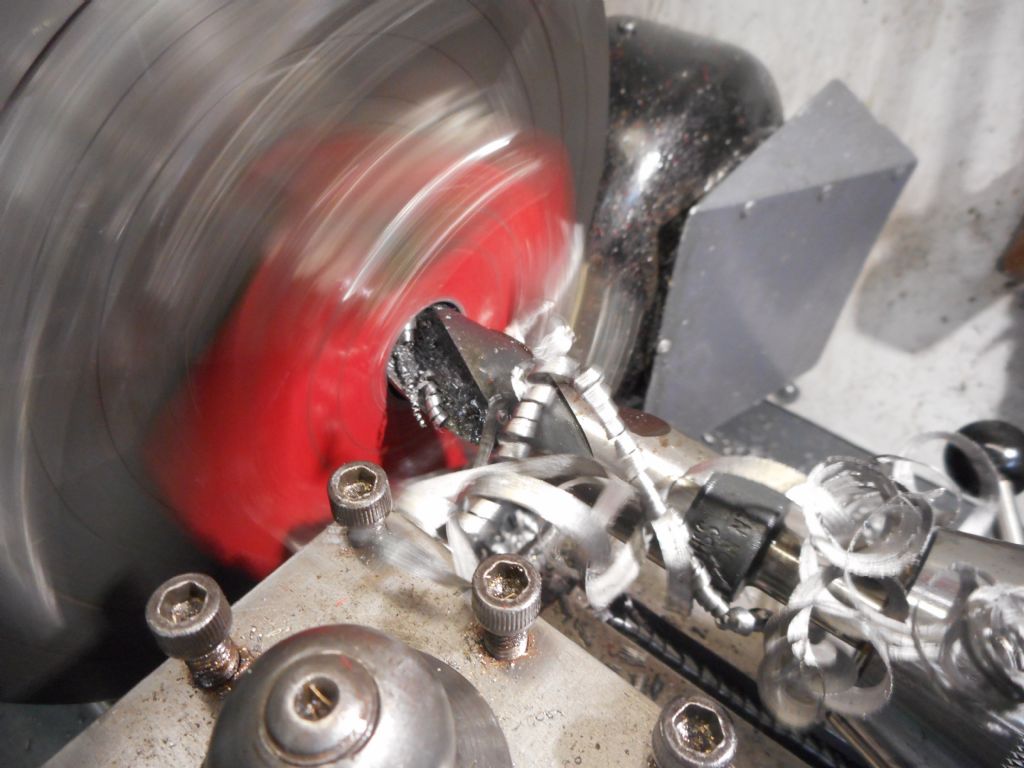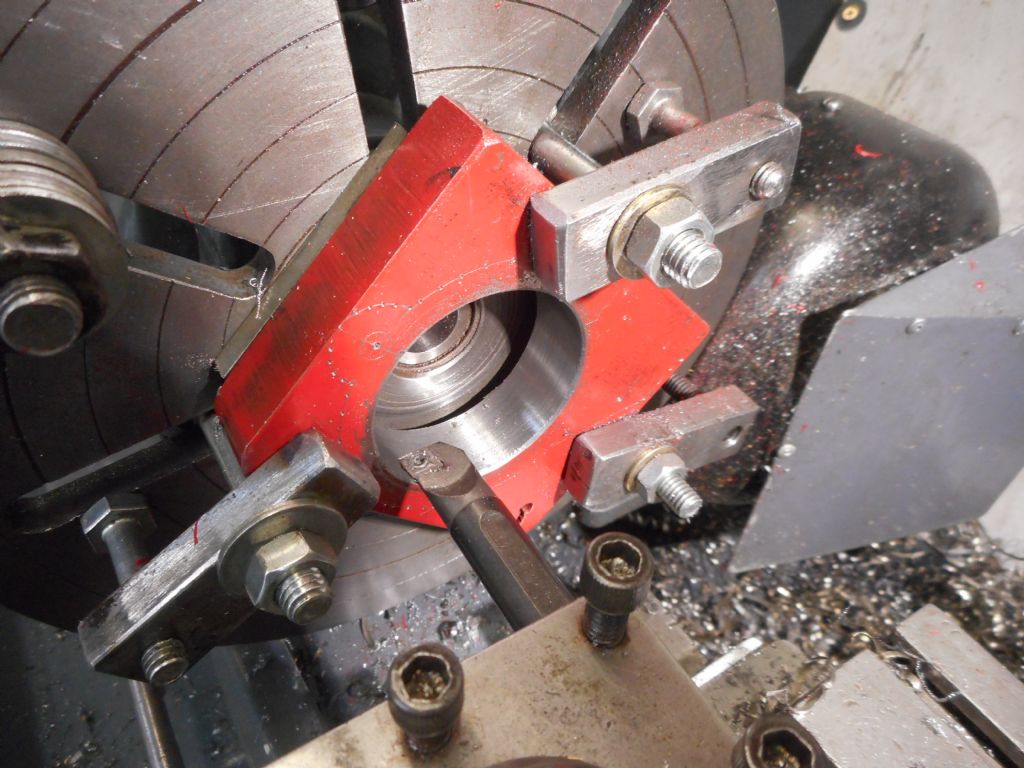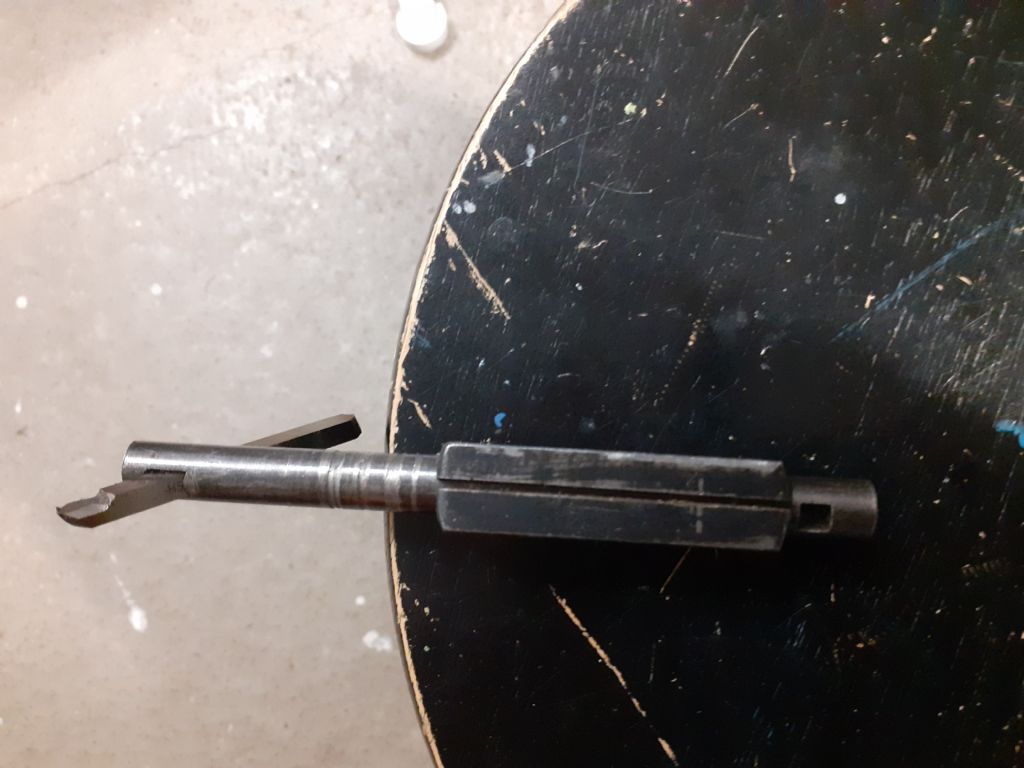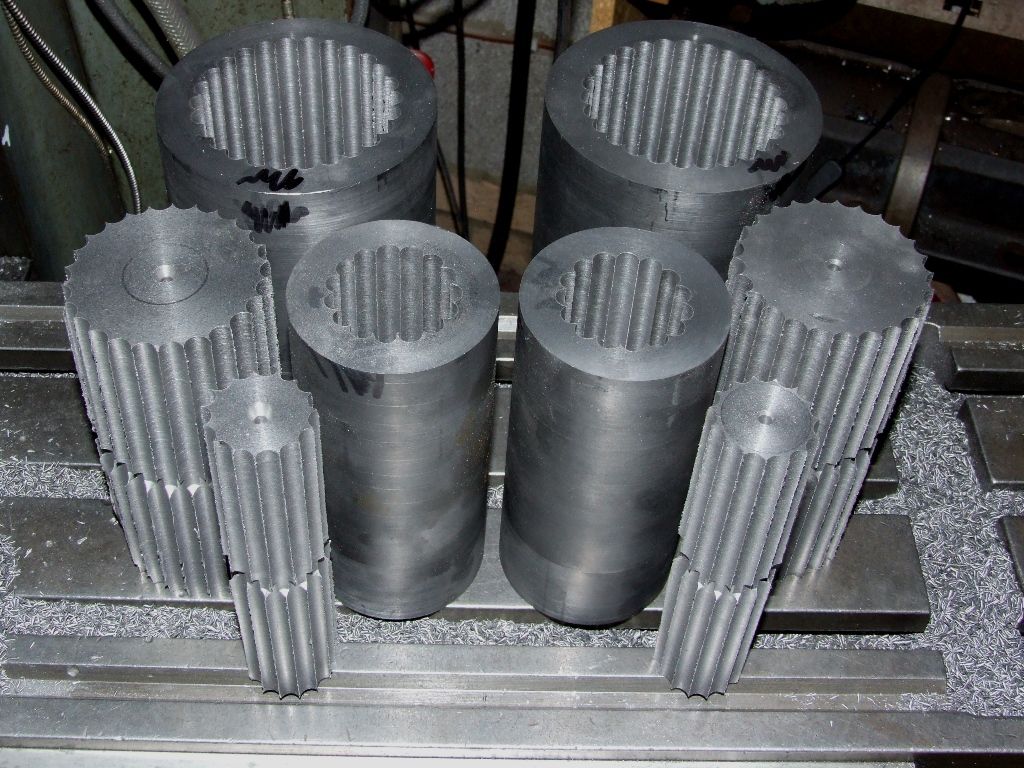None of my books gives numbers for the power handling capacity of a taper, either in practice or theory, The grip rises as the taper is forced home and the grip is good enough on a press-drill to see tapers smaller than MT2 happily coping with 1000W. Mills need drawbar help because sideways forces tend to loosen tapers rather than tighten them. It's highly unlikely that a pressed MT taper would slip on a mini-lathe.
Motors limit the maximum diameter of a twist drill because large diameters call for slower turning speeds. Many motors stall easily when run slow because they lack torque, "turning power". Lathes with back-gear do better at low speed than lathes fitted with electronic speed control, because gears and belts multiply torque as speed decreases.
A hand-crank does well at slow-speed because muscles develop high torque at low speed, and a fit man can develop up to about 1.5kW in short bursts. But only in short bursts! If a large amount of metal is to be removed, it's faster to use a motor within to the best of it's ability because motors don't get tired!
Twist drills are good for making not particularly accurate holes quickly. My mini-lathe, from memory 600W max out, drilled well between 3 and 10mm, but it was too slow to drill well with small diameters, and too fast to drill well with big ones. In practice, 13mm was its outer limit. No problem drilling free-cutting mild-steel, ordinary mild-steel was noticeably resistant.
The same twist drill happily goes into ordinary mild steel on my cheap bench drill, which has a 500W motor. The difference is the belt driven pillar drill has a shade more torque at slow speed. Though better, it's close to it's limit as well – struggling above 13mm.
Boring has much lower torque requirements, and will produce big accurate holes all day long! But boring is much slower than drilling.
Big rigid powerful machines with plenty of torque are needed to remove metal quickly. Mini-lathes bless `em, aren't designed to remove metal quickly.
Dave
Edited By SillyOldDuffer on 07/01/2023 15:11:51
Hopper.








